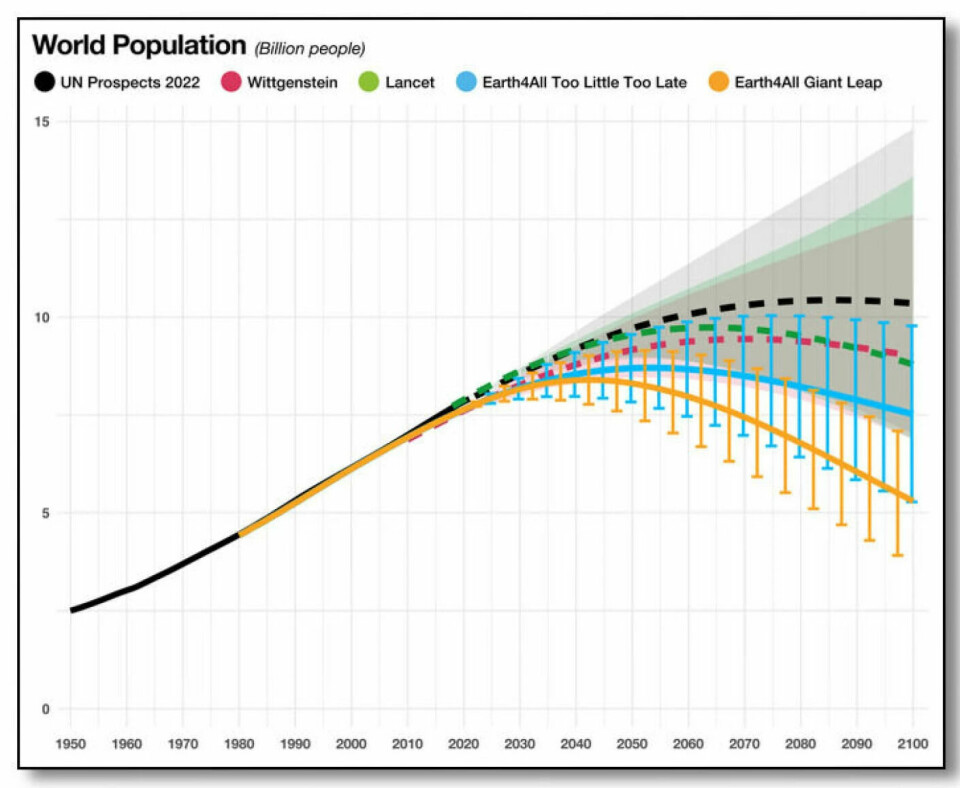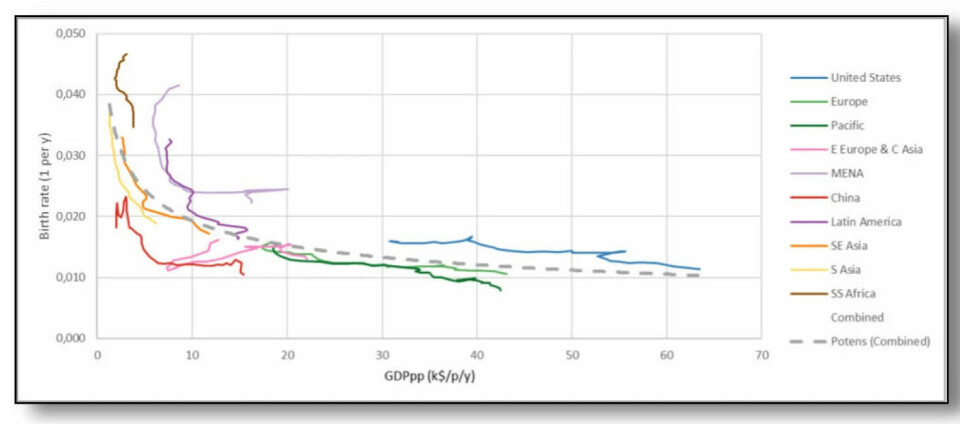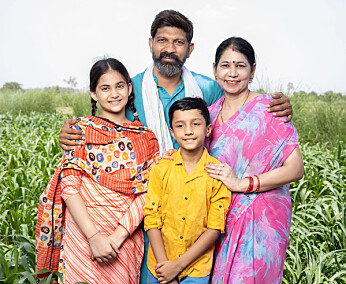
We may never reach 9 billion people
In November last year, we reached 8 billion. However, population growth may peak at 8.5 billion, two Norwegian researchers conclude in a new study.
Economic development has brought more and more people out of extreme poverty.
If economic development continues as it has for the past 50 years, the Earth's population will reach a peak of 8.6 billion people around the year 2050.
This is the prediction by the two researchers, Per Espen Stoknes at BI Norwegian Business School and Ben Callegari at Kristiania University College.
By the year 2100, the Earth's population may have fallen to 7 billion people again.
Or better: Only 6 billion in 2100
Another and even happier scenario in terms of the Earth's sustainability is that we reach a peak of 8.5 billion people already in the year 2040.
Then the population drops to just 6 billion in the year 2100.
This last scenario assumes that even more will be done to combat poverty in the coming years. Much of this involves investing in education and improving health for the poorest, the researchers point out.
Food security and gender equality are also important to keep population growth down in poor countries.

Faster population decline
Stoknes and Callegari warn of a faster decline in the Earth's population than other researchers have done in the past. They do so based on different model calculations.
“We know rapid economic development in low-income countries has a huge impact on fertility rates,” Per Espen Stoknes says in a press release. “Fertility rates fall as girls get access to education and women are economically empowered and have access to better healthcare.”
The study that Stoknes and Callegari are behind is part of the Earth4All initiative for the organisation Global Challenges Foundation, with headquarters in Sweden.

Only a few poor countries
Ben Callegari confirms what he and Stoknes have done in this study is to link population change even more closely to economic development.
The population of the Earth is now only increasing in a small number of poor countries. However, it is increasing significantly in these countries, such as Angola, Niger, Nigeria and the Democratic Republic of Congo.
In Asia, it is the poor country of Afghanistan that still has a rapid population growth.
“If we assume these countries adopt successful policies for economic development then we can expect population to peak sooner rather than later,” Callegari says.
The rich are the most important for the climate
In the Earth4All report, the researchers also looked at the relationship between population and the planet’s climate.
They conclude that it is not the size of the Earth’s population that is most important for the climate.
More important is the extremely high consumption of the world's top 10 per cent richest people.
“The places where population is rising fastest have extremely small environmental footprints per person compared with the places that reached peak population many decades ago,” Norwegian researcher Jørgen Randers says. He has also contributed to the Earth4All study.
———
Translated by Alette Bjordal Gjellesvik.
Read the Norwegian version of this article on forskning.no
Reference:
Callegari, B. & Stoknes, P.E. People and Planet, 21st-century sustainable population scenarios and possible living standards within planetary boundaries, Earth4All Global Challenge Foundation report, March 2023.




































